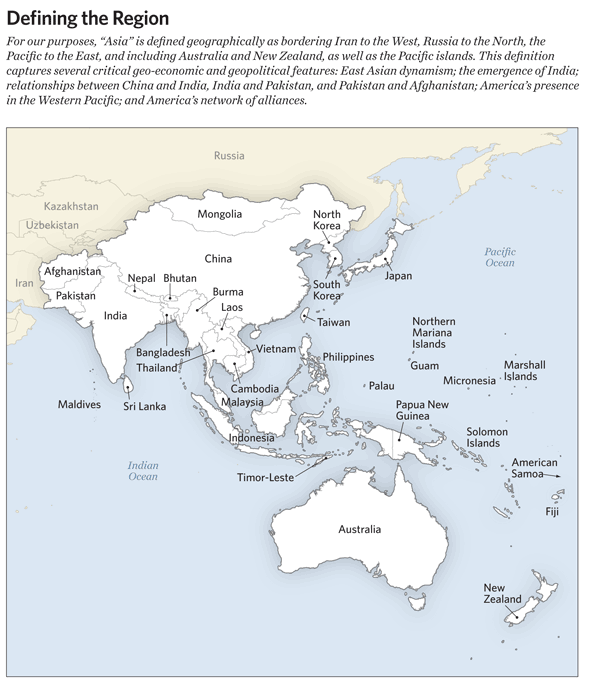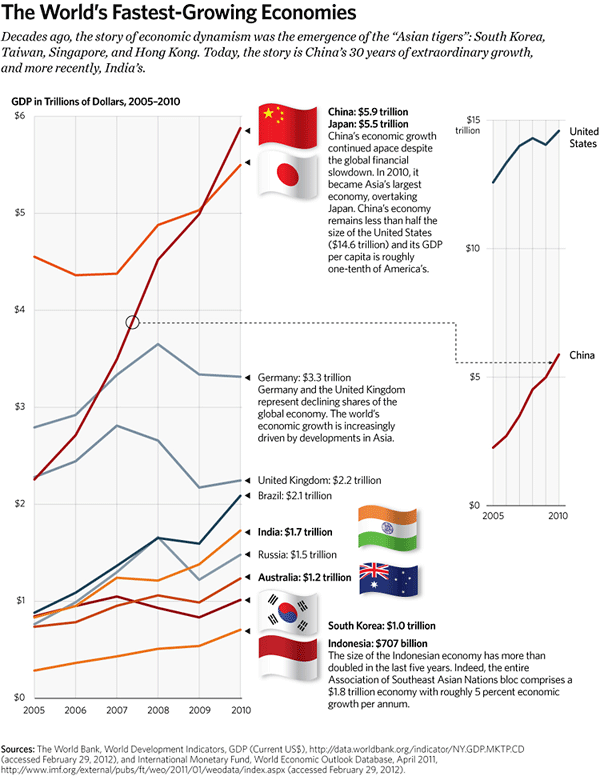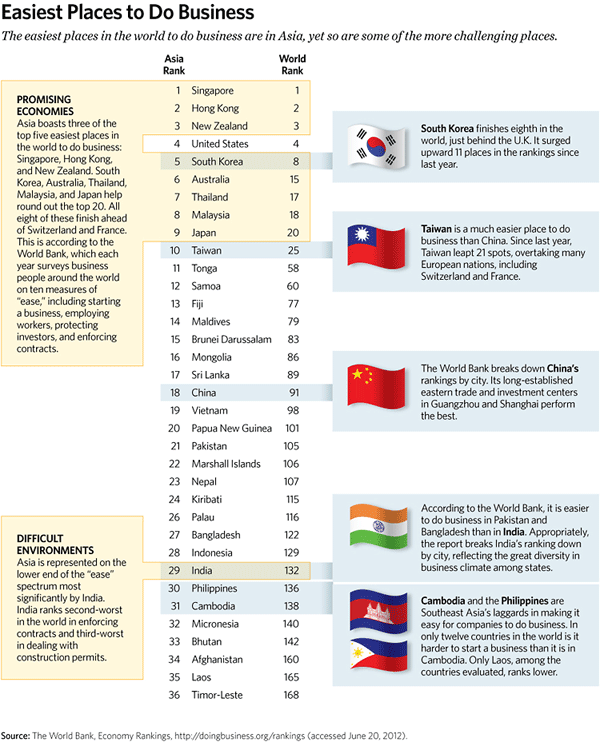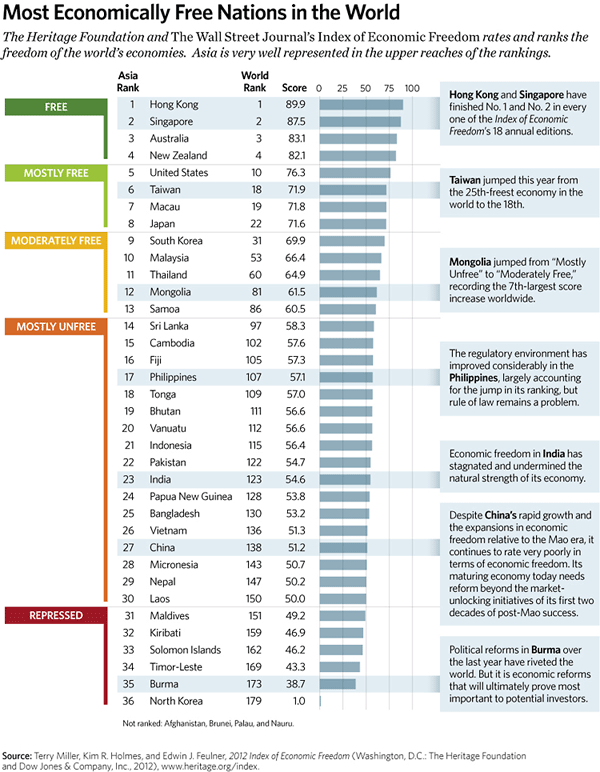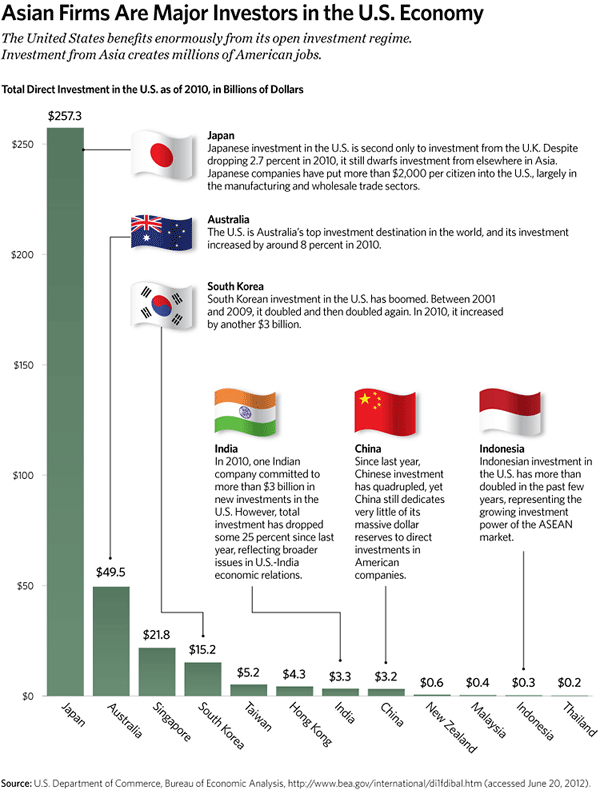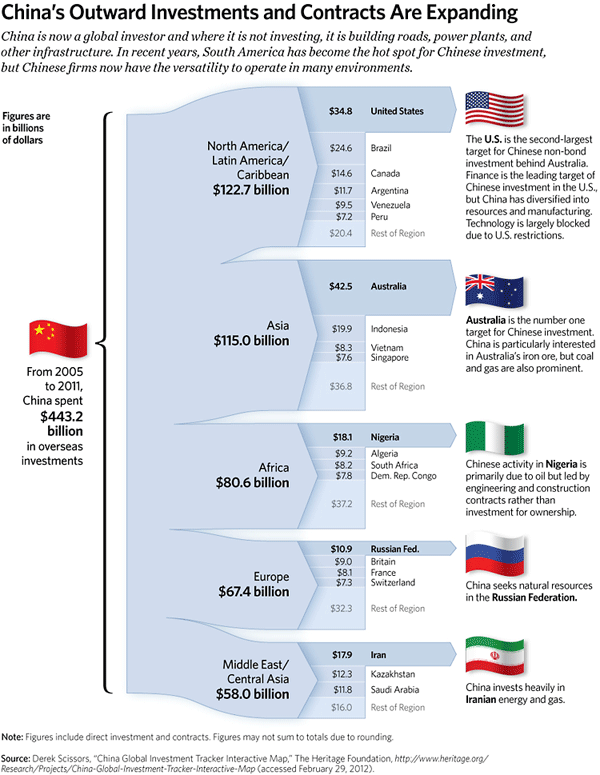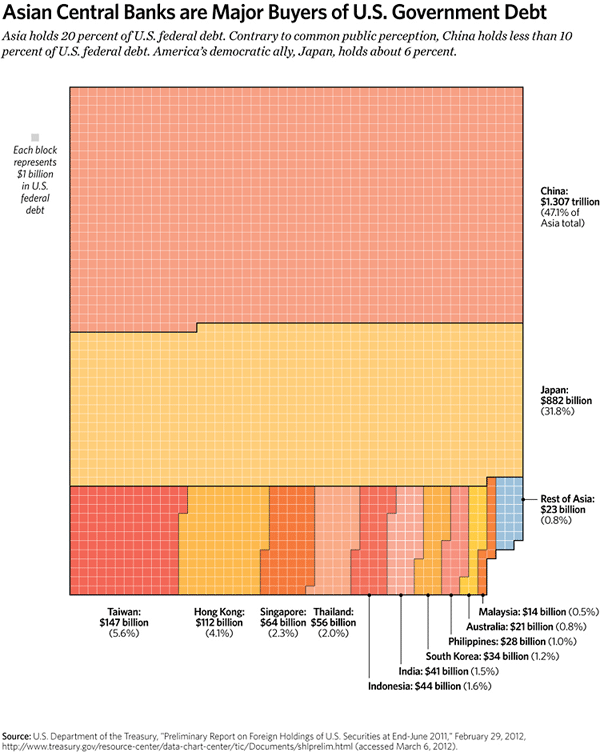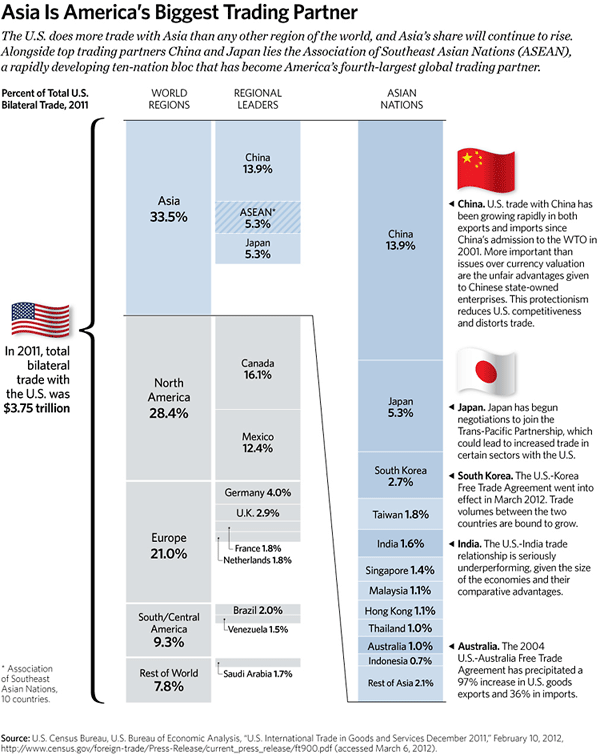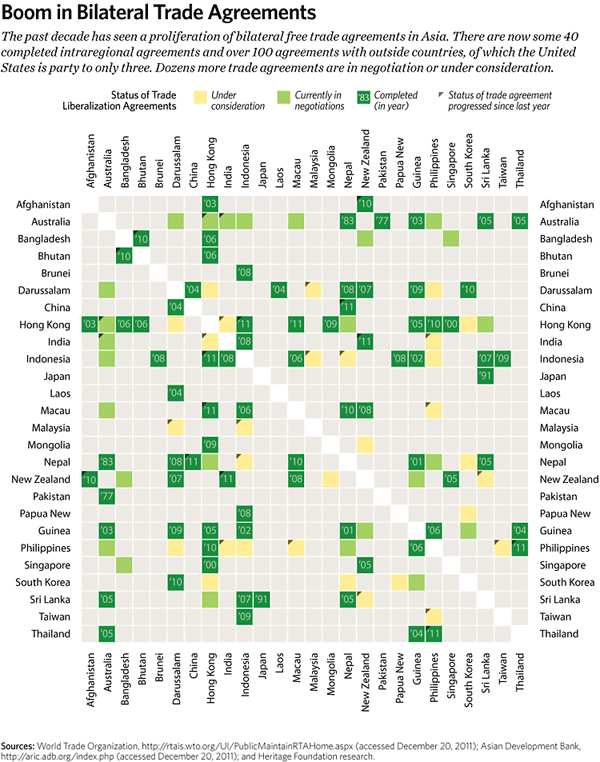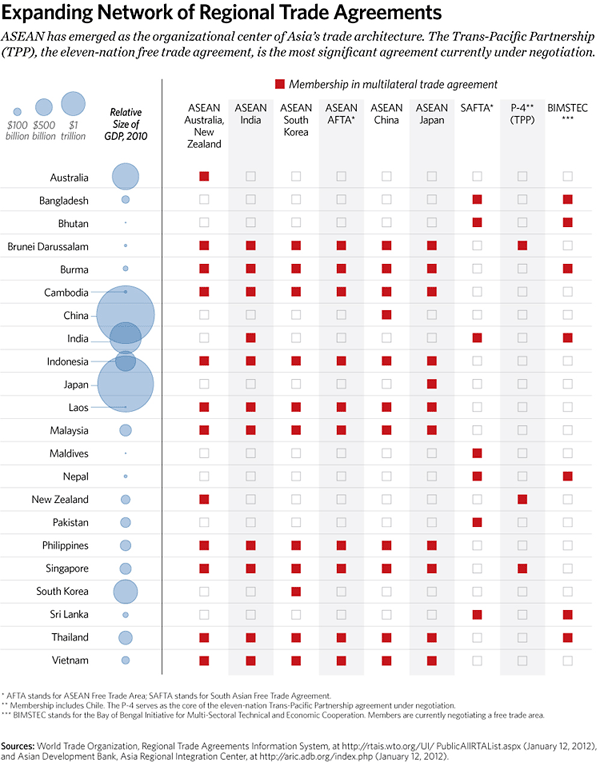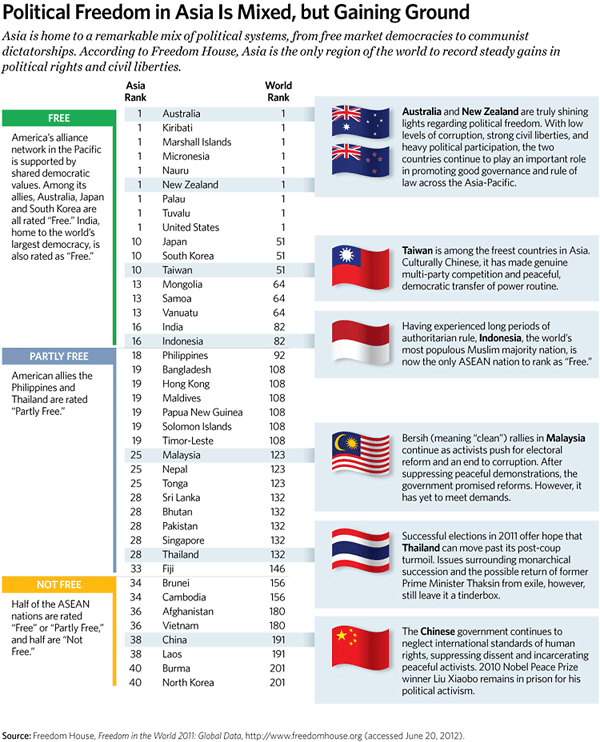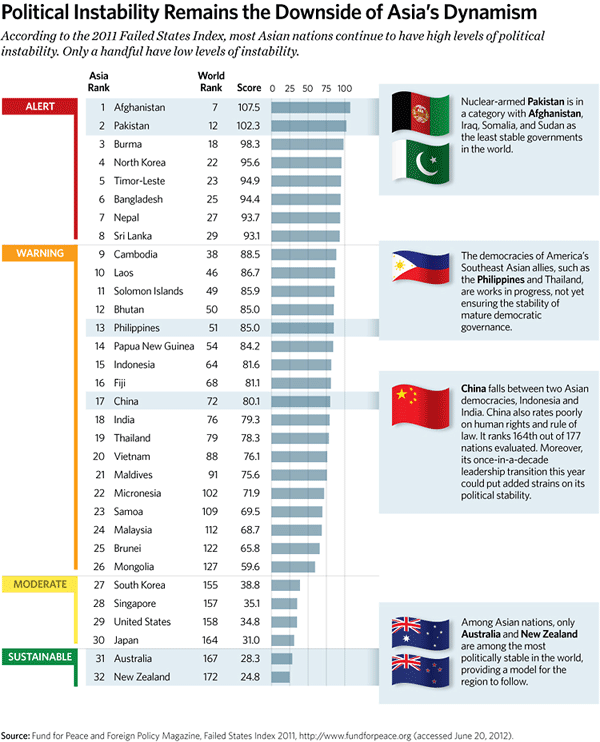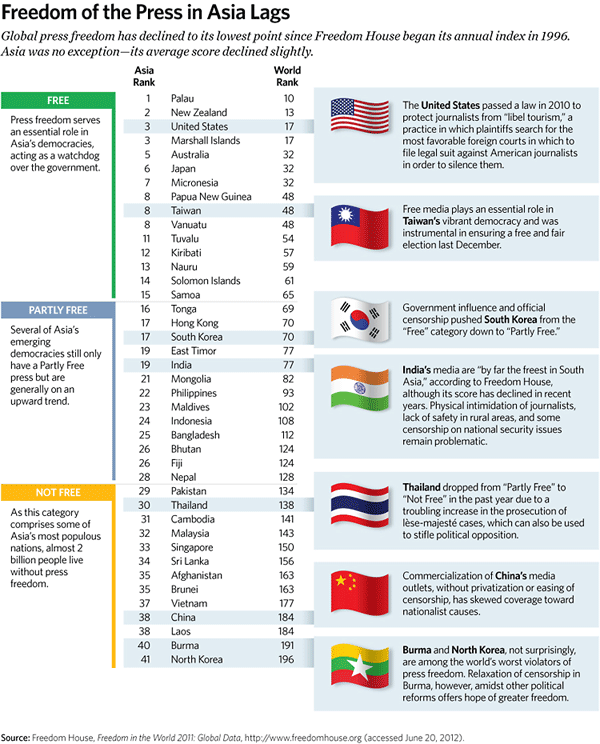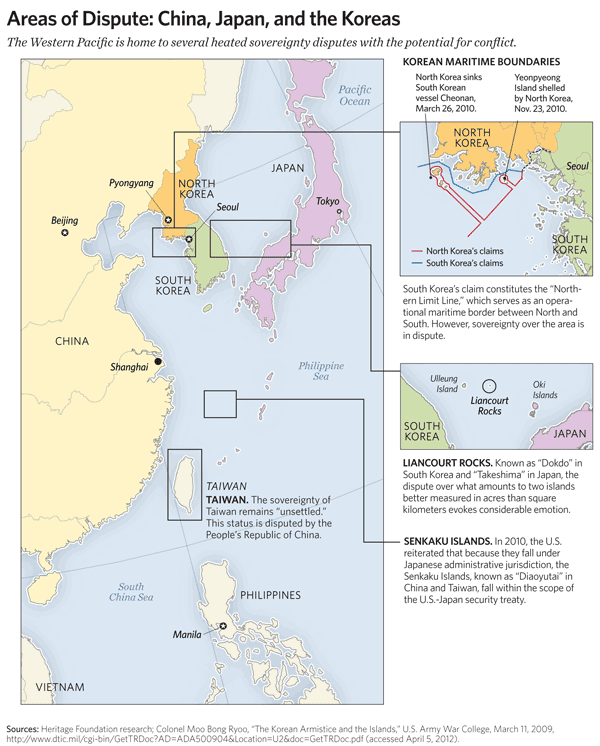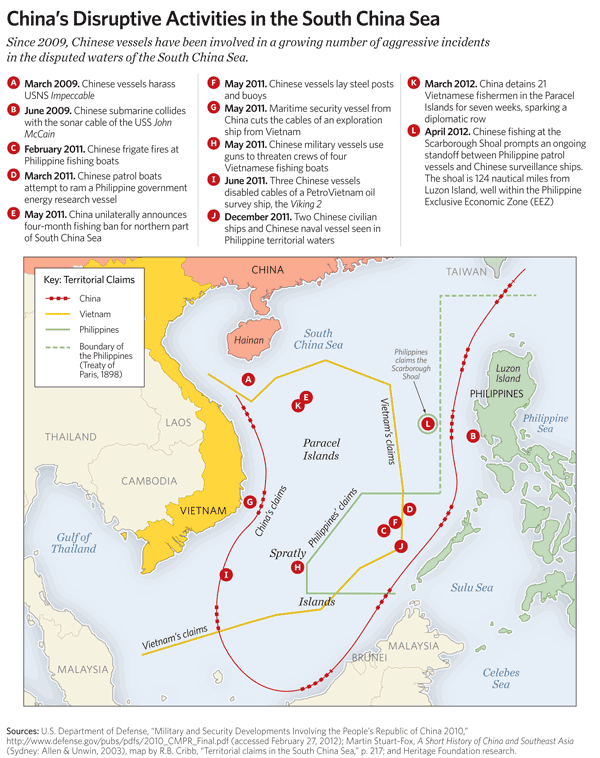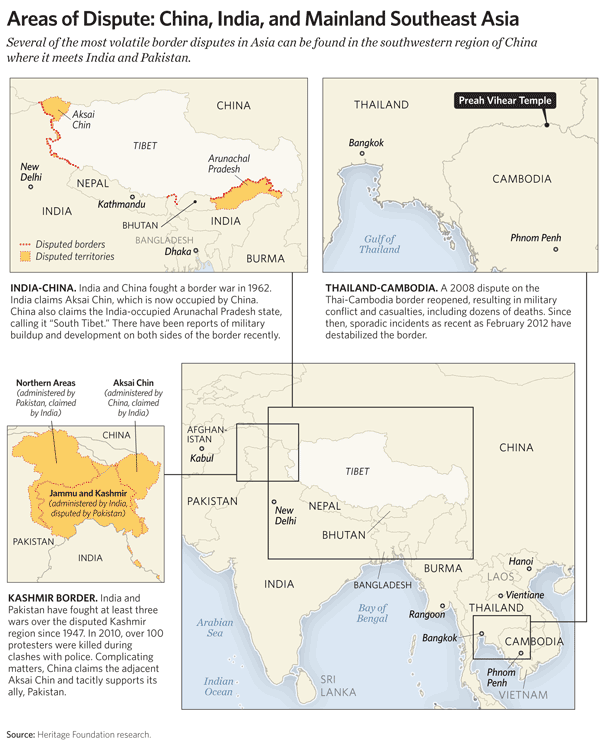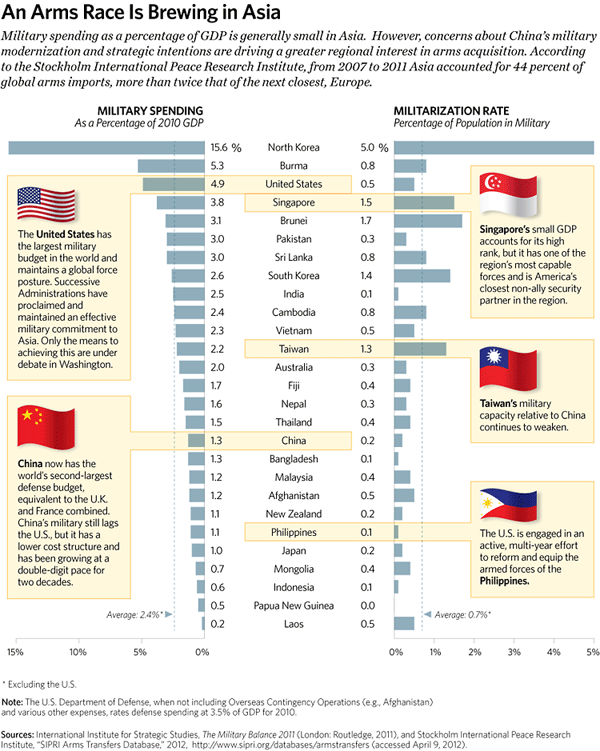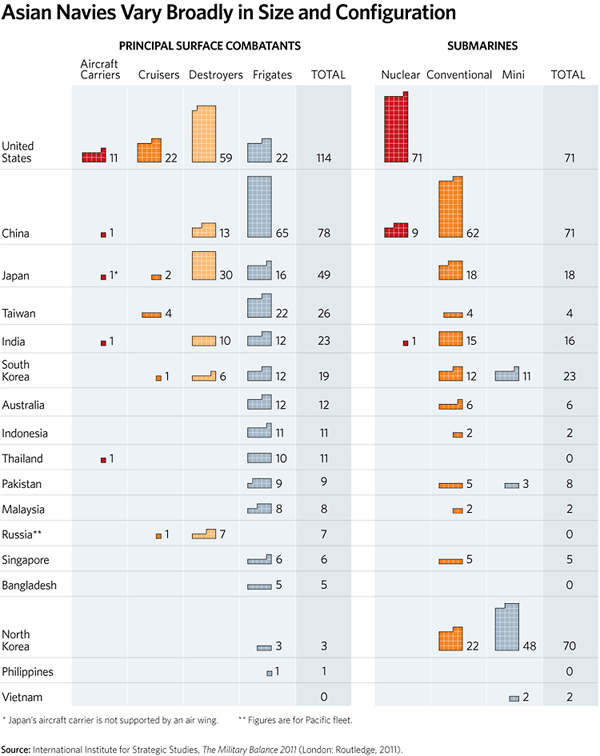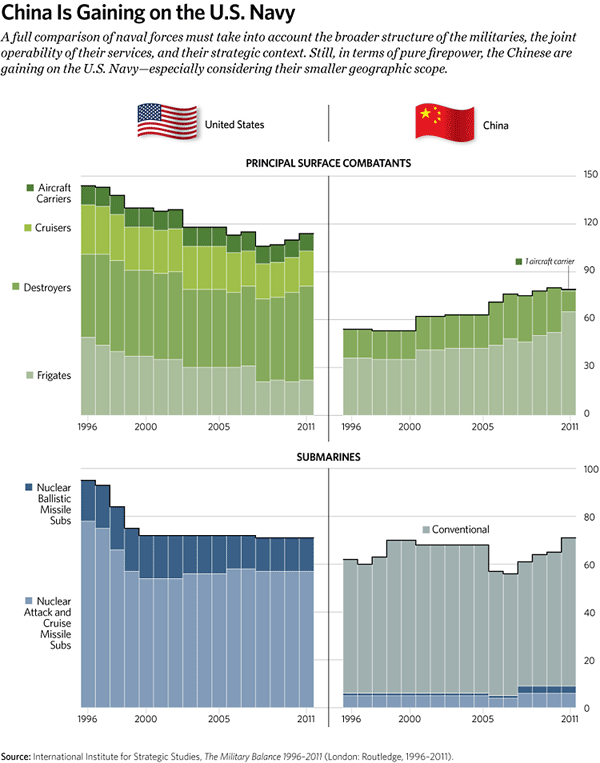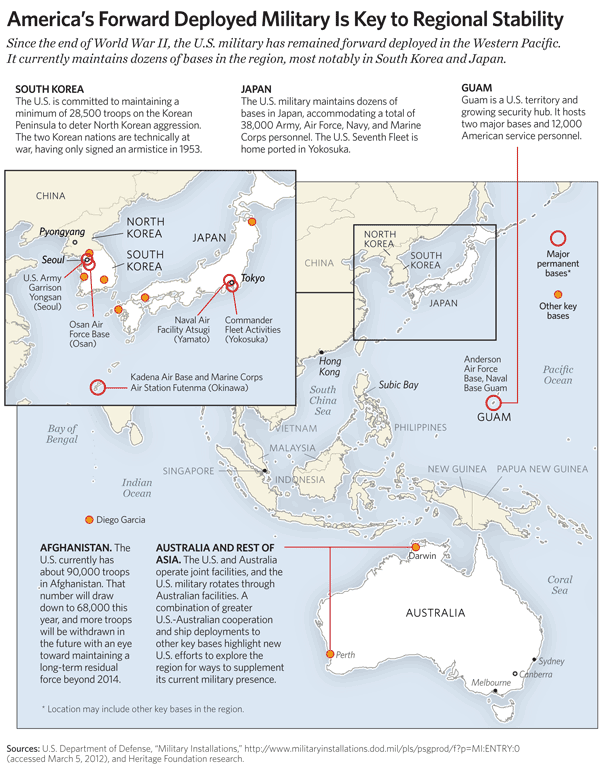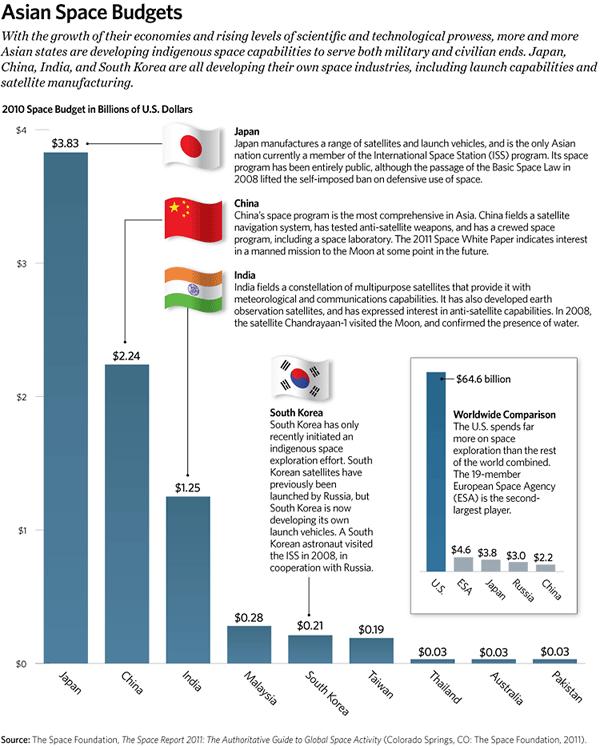America’s Enduring Leadership in Asia
America has been engaged in Asia since a few decades after securing its independence.
Its early interest is documented in the 1833 Treaty on Amity and Commerce between the U.S. and the Kingdom of Siam Thailand), and later in the market-opening 1854 Treaty of Kanagawa with Japan. The U.S. has, in fact, been a “resident power” in the Western Pacific since the Spanish-American War in 1898. The U.S. presence in Guam, today host to some of the most important U.S. military installations in the region, and the very deep relationship with the Philippines began then.
America’s role in Asia was cemented with the massive sacrifice Americans made in World War II and in the defense of freedom on the Korean Peninsula. The war in Vietnam has been praised in Southeast Asia as holding the line against the spread of Communism.
As with Japan—and the Philippines—where the U.S. ultimately forged alliances out of war, the Vietnam War today is as much about shared personal tragedy as it is about history. And in Australia, the U.S. has an ally which has fought side by side with it in every major conflict of the past 100 years.
The role of the United States in Asia has always revolved around the themes of commerce, liberty, and security. These continue to compel its interest in the region today.
Asia is home to the world’s largest and fastest-growing economies, several of the most economically free nations in the world, and some of the easiest places to do business. Asia is also America’s most active trading partner. The U.S. is a major investor in Asia. And Asian economies are investing ever greater amounts in the U.S. America has full-fledged free trade agreements with South Korea, Australia, and Singapore, and the past two U.S. Administrations have worked toward a broader regional trade agreement called the Trans-Pacific Partnership. The U.S. has five security treaty allies in Asia—all free market democracies.
Asia is a study in contrasts. It is home to economic freedom and political liberty; it is also home to political instability and tyranny.
Some of Asia’s borders are unsettled and volatile. And military budgets and capabilities are expanding, sometimes faster than economic growth. The rise of China as a great power presents both sides of this equation. It is being watched carefully by all the countries of the region. It is the U.S. that is recognized as the catalyst in ensuring a prosperous peace over conflict. America is a Pacific power. That much is a matter of geography and history. But the facts – and America’s principles and interests – demand more than resignation to geography. They call for continued American leadership, commitment, and the predominant comprehensive power that has enabled Asia’s very welcomed, opportunity-laden rise.
Walter Lohman
is Director of the Asian Studies Center, John Fleming is Senior Data Graphics Editor, and Robert Warshaw is a Research Assistant in the Asian Studies Center at The Heritage Foundation.
